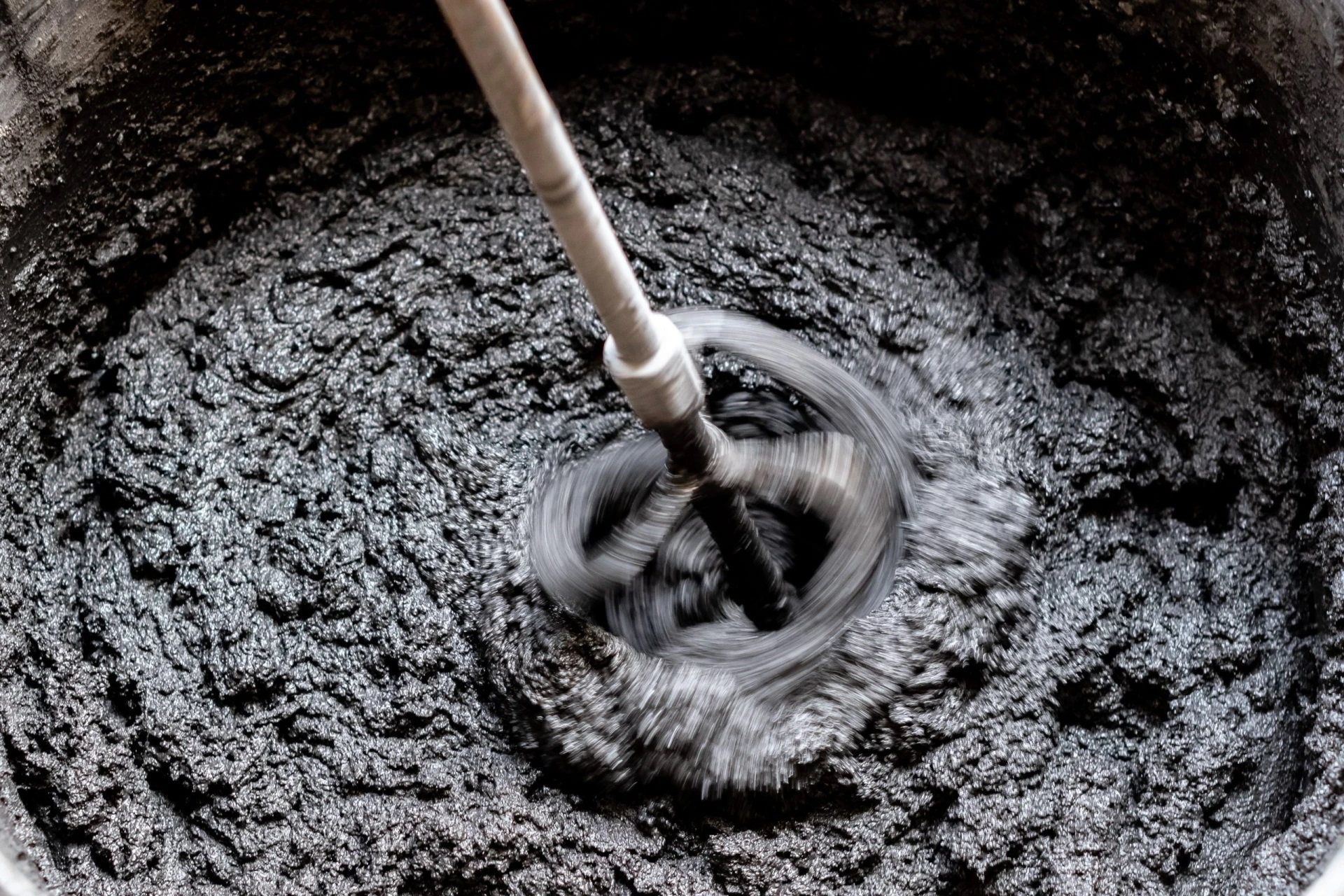

Drilling fluid made to circulate in the borewell provides a buffer minimizing harm to the formation and drilling equipment. Determination of a drilling fluid depends upon its ability to penetrate in soil, its coverage in borewell and its engagement to withhold formation.
Typically used drilling fluids are water, bentonite mud, cutting oil, and polymers (both water-based and mud-based).
Water with its cooling properties act as a moderate oil and vibration dampener.
Bentonite mud expands thickness and gives better cleaning of the boreholes. It goes about as generally excellent oil and furthermore decreases vibrations in the string extensively. It structures cake on the borehole dividers and secures the collapse of the borehole. Owing to its gelling properties, it also keeps the cutting in suspension in any event, when the flow is halted.
Polymers haver comparable properties as that of bentonite with exceptional flushing limits and acts as a drilling mud viscosifier, lubricant.
Bentonite clay is less expansive, requiring at least a days’ time for complete mixing and it becomes difficult to dispose of in existing drain channels. Frequent de-sanding is required in use of bentonite clay, now slurry and is deemed marine pollutant under pollution and control regulations.
The undesirable mud post de-sanding requires proper chemical treatment before disposal, elevating logistical and manpower cost. A prominent issue with Bentonite slurry is that it leaves seams of wall cake between concrete and soil which does not allow any bond to form between the two and reduces concrete’s friction bearing capacity.

MX Drill series from Mayuri are PHPA based zwitterionic charged polyacrylates incorporated with water shut-off capabilities, used for piling excavations, viz., removal of colloidal and particulate suspension of impurities.
Finding its best usage during preparation of stabilizing and lubricating “mud” in drilling for deep foundations like piling, diaphragm walls, etc. Completely organic, biodegradable, and environmentally safe for disposal. It works as a borehole stabilizer (with low viscosity) to prevent reactive shale and clay from swelling and sloughing, improving its stability.
Use of PHPA based Drilling Polymer not only ensures enhanced slurry rheology but also lessens mud rings, bit balling and clay formation booting-off, with significant reduction in drill pipe torque and pumping pressure. Owing to its high molecular weight when dissolved in water, it forms a non-Newtonian solution which is an efficient replacement to bentonite slurry during piling excavation. It has minimum production stress, is thixotropic, and at times slightly viscous at low shear rates. The molecular structure of PHPA drilling polymer is formed through interaction between it sub-micron particles and molecules. At higher shear rates, the bond breaks down causing notable reduction in viscosity, indicating to better shear dilution and strong thixotropy for suspension of drill cuttings.
For Deep Drilling, Foundation Piling, Diaphragm Walls, Trenching Excavations, Drilled Shaft, Auger Drilling, RC Rotary Drilling, Horizontal Directional Boring and Many More…
Mayuri MX-Drill (PHPA based Drilling Polymer):